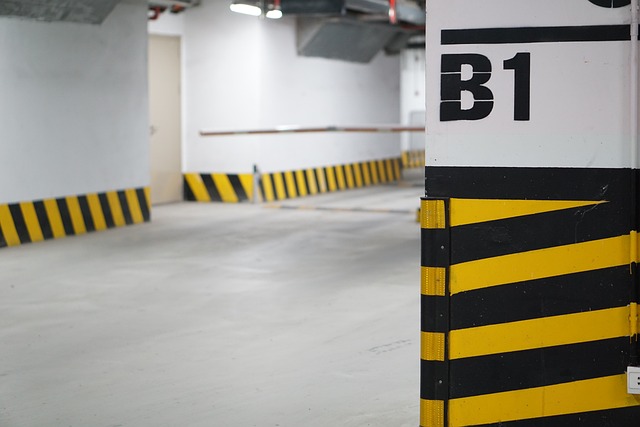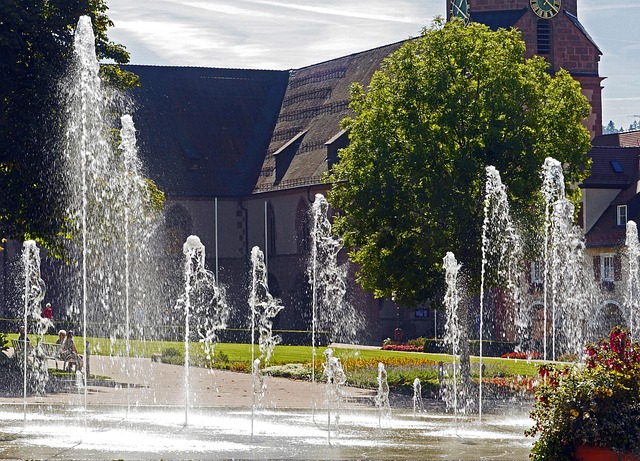10 Eco-Friendly Urban Facilities to Enhance Your Habitat
As our cities continue to expand, the need for sustainable urban facilities becomes increasingly essential. With a focus on enhancing our habitat, these eco-friendly facilities not only contribute to a healthier environment but also create spaces where nature and urban living flourish together. Explore these ten innovative urban facilities designed to bring a touch of green to our bustling urban landscapes.
1. Community Gardens
Transforming vacant lots into community gardens provides urban dwellers with a unique opportunity to grow their own food, promote local biodiversity, and foster community spirit. These green spaces allow residents to connect with nature and each other, encouraging sustainable gardening practices.
2. Green Roofs
Green roofs not only improve a building’s insulation but also create habitats for birds and insects. By incorporating layers of soil and vegetation on top of rooftops, these facilities help mitigate the urban heat island effect, absorb rainwater, and purify the air.
3. Urban Forests
Urban forests play a significant role in improving air quality and providing shade in dense city areas. Initiatives to plant and maintain trees within urban environments can enhance aesthetics and contribute to biodiversity, offering a place for residents to connect with nature and escape the concrete jungle.
4. Bioswales
These landscaped, shallow ditches are designed to manage stormwater runoff while promoting groundwater recharge. Bioswales filter pollutants and reduce flooding, providing a natural solution to urban drainage problems while enhancing the beauty of streetscapes.
5. Eco-Parks
Eco-parks combine recreational spaces with eco-friendly features. These parks use native plants, rainwater harvesting, and solar energy, allowing residents to enjoy green spaces while promoting sustainability and environmental education.
6. Public Transportation Hubs
Efficient public transportation hubs encourage the use of eco-friendly travel methods. By providing easy access to buses, trains, and bike-sharing programs, cities can reduce the carbon footprint of residents and promote a more sustainable way of life.
7. Solar-Powered Charging Stations
Charging stations powered by solar energy offer an environmentally friendly way for urban residents to charge their electronic devices while on the go. These installations promote the use of renewable energy and encourage the adoption of electric vehicles.
8. Rainwater Harvesting Systems
Implementing rainwater harvesting systems in urban facilities not only conserves water but also minimizes stormwater runoff. These systems collect and store rainwater for irrigation or non-potable uses, reinforcing a culture of sustainability within the community.
9. Green Walls
Vertical gardens or green walls beautify urban spaces while improving air quality and providing insulation. These living walls contribute to reducing noise pollution and can be implemented in various settings, from residential buildings to commercial spaces.
10. Eco-Friendly Waste Management Facilities
Sustainable waste management systems encourage recycling, composting, and waste reduction. By designing urban facilities that emphasize responsible waste disposal, cities can significantly lower their environmental impact and promote sustainability within the habitat.
Incorporating these eco-friendly urban facilities into our cities is crucial for creating habitats that harmonize with nature. By investing in our environment, we can foster a healthier, greener, and more sustainable future for all urban dwellers.




